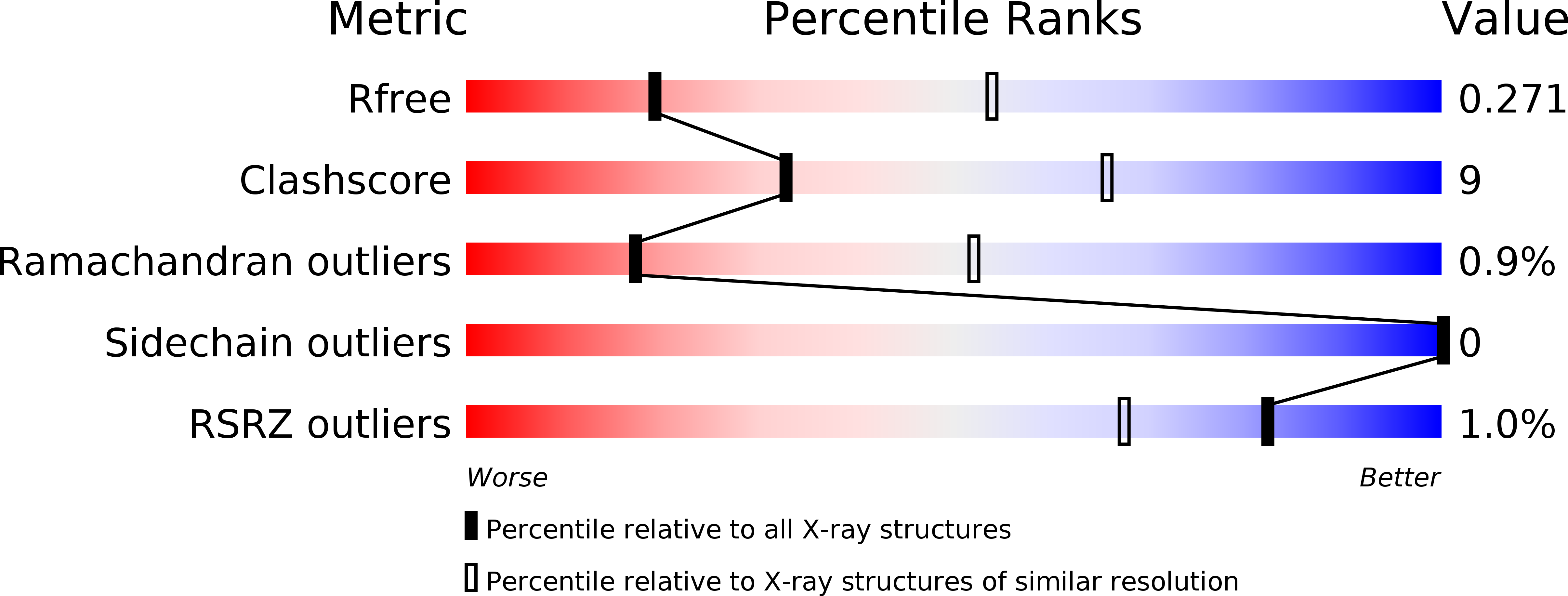
Deposition Date
2011-05-28
Release Date
2011-08-10
Last Version Date
2023-12-20
Method Details:
Experimental Method:
Resolution:
3.10 Å
R-Value Free:
0.27
R-Value Work:
0.22
R-Value Observed:
0.22
Space Group:
P 21 21 21


